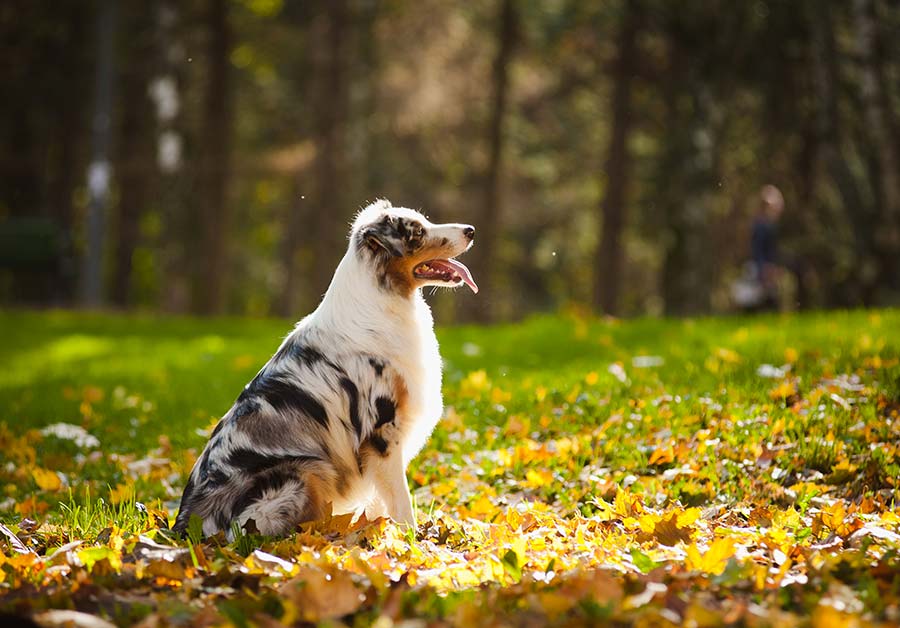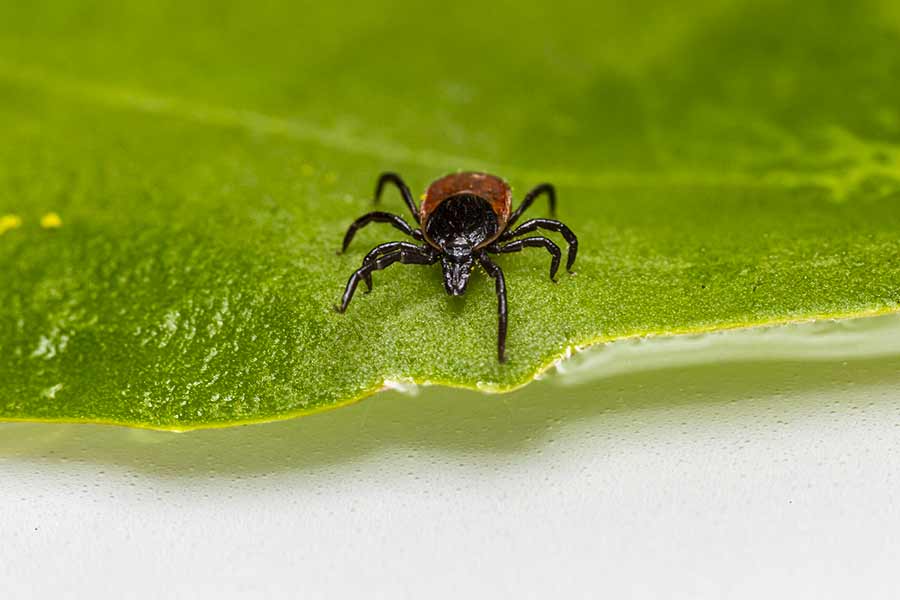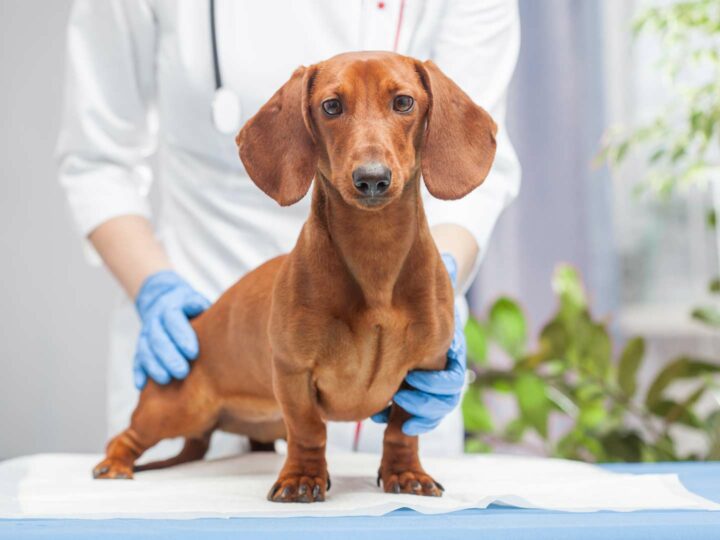
Ticks are parasites that especially love our four-legged friends. (Note that they don’t snob their nose at humans either!). What can we do then if our pet is bitten by a tick? How to remove a tick from our dog without making a mess? And above all, how do we recognize it?
How does a tick look like
Ticks are external parasites of different sizes ranging from a few millimetres to 1 cm. The rounded body is not separated from the head, but rather provided with a rostrum with which they parasitize, feed on blood and penetrate the skin.
The tick essentially grabs onto the animal’s body, inserting its rostrum into the skin, and feasts on our friend’s blood, swelling up like a balloon.

When they begin to nourish themselves and therefore increase in volume, they are easier to recognize, and they can seem to a blister with little legs on top. However, it is very important to be able to detect them since they are the size of the head of a pin.
Ticks, how to recognize them?
Also in this case, as with fleas, playing or pampering time are perfect for examining our pet; a pleasure for them, an easier task for us! (and also an anti-stress right?)
How do ticks bite?
Ticks especially like humid places and, like fleas, they become active especially when warm weather arrives, from spring to autumn. They have a predilection for areas with grass, the countryside, forests on the hills, but they can also be found in city parks and gardens, especially where the grass is careless.
But how do ticks bite our dog?
Unlike other parasites, ticks do not fly or jump; they stay on the ground or in the grass, waiting for the host to get close enough to latch on. So if our friend loves to jump through tall grass, the tick will have an easier chance climbing up the animal’s legs.
Definitely, if you’ve gone with Max for a walk along a river bank, a hike through the quiet and shady woods of the hill or you have simply crossed a green mountain meadow, perhaps populated with a peaceful herd of cows, you should take a look at your furry friend when you get home.
Even more so be if Max has lain on his back, pleased as pop, and has rolled himself on what seemed as an innocent piece of grass… (are you already thinking if you have sanitizing wipes in the car?)

Diseases caused by ticks
After having gorged itself on blood, the tick normally releases itself, but with its saliva it can transmit serious diseases.
Such us:
- Lyme disease (febbre, infiammazione delle articolazioni, prostrazione)
- Rickettsia (fever and joint pain)
- Babesiasis (anaemia, destruction of red blood cells)
- Ehrlichiosis (fever, lethargy, joint pain, loss of appetite)
Better safe than sorry
As with fleas and other parasitic insects, prevention is very important. First of all, control: ticks are democratic and do not despise any part of the animal, but they have a predilection for areas that make their work easier, where the skin is thinner:
- Head and ears
- Neck
- Belly
- Groin and inner thighs
The Vet will recommend the best product for your pet: collars, sprays, pipettes or pills.
In this case, the wise Mother Nature has given us neem oil and tea tree essential oil, two powerful repellents against parasites of different types.
In spray, it’s natural perfume can create a temporary barrier effect that will reinforce the result of the antiparasitic recommended by our veterinarian.
I have found a tick, how do I remove it?
If the dog has been bitten by a tick, once we have found it, it is essential to remove it to avoid dangerous infections to our four-legged friend.
How do we get rid of a tick?
Here are some steps that are important to follow:
- Never try to “stun” it with oil, essential oils, alcohol, nail thinner or ammonia; we risk the tick spitting infected material on the dog.
- Wear gloves to prevent the tick from coming into contact with our skin.
- Disinfect the skin avoiding disinfectants that colour the skin (such as tincture of iodine).
- Using a simple fine-tipped tweezers or tick remover (available at pet stores or online), get as close to the skin surface as possible, grasp the tick and gently pull with a slight rotating motion. This movement prevents the face from staying inside the dog’s skin.
- Attention! During the extraction, do not squeeze the body of the tick to prevent the parasite from regurgitating, thus increasing the possibility of infection.
- Disinfect the skin again after extraction.
If you do not dare to remove the tick by your own, ask to the Veterinarian and thus avoid causing damage to the animal’s skin.







